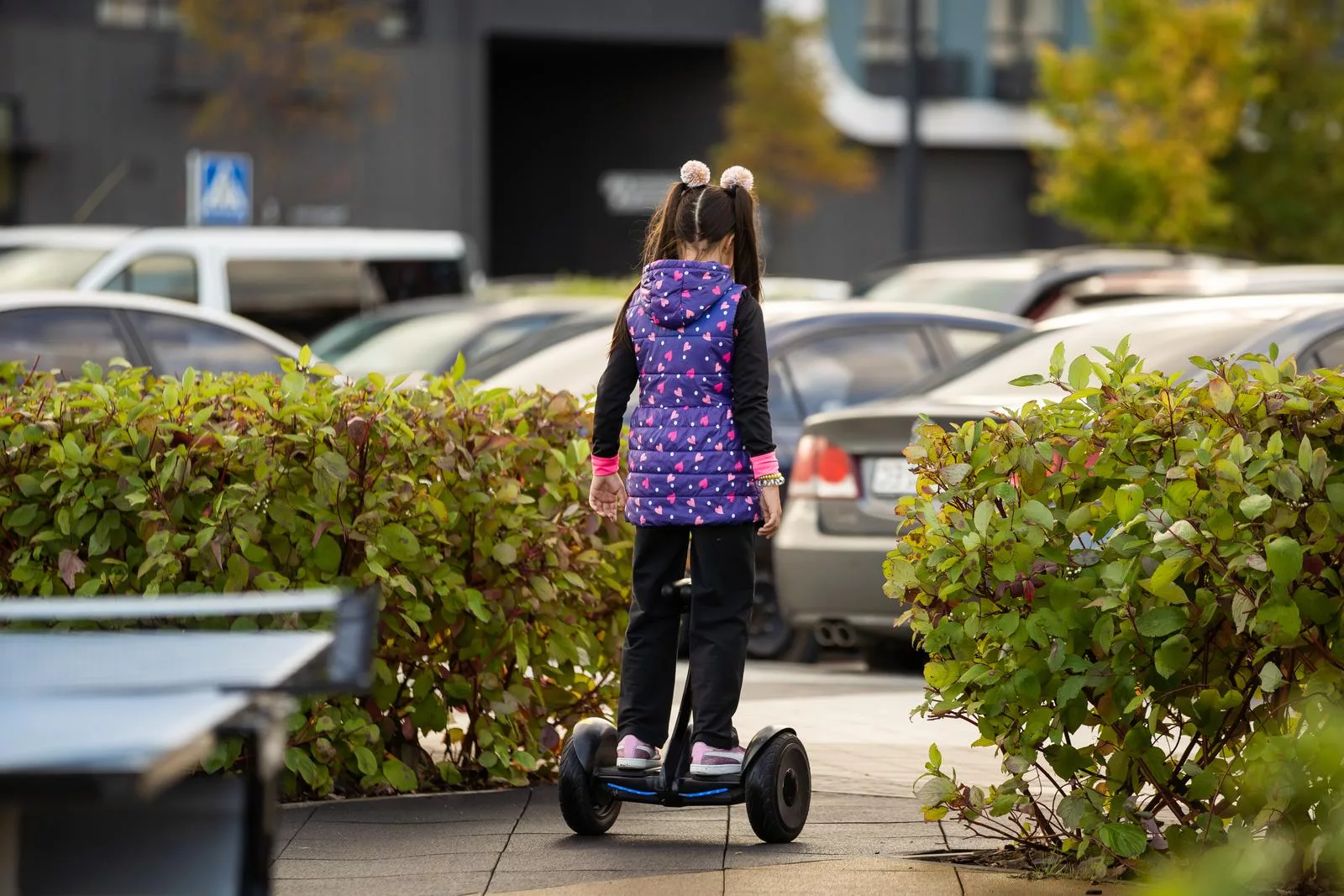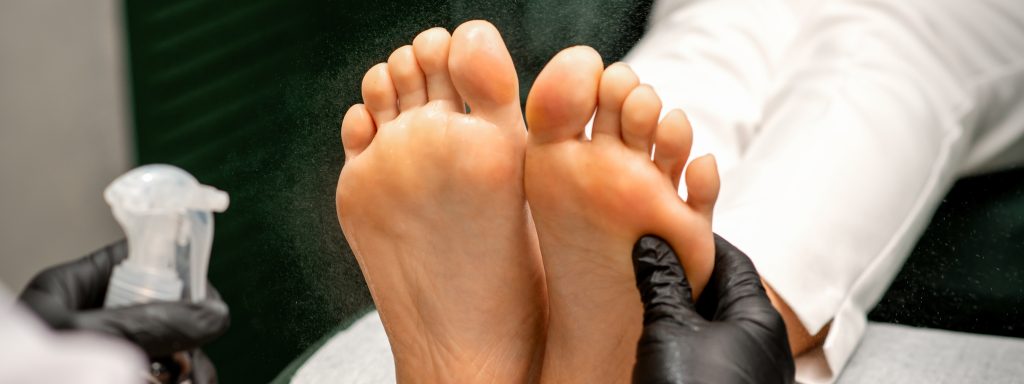Several years ago, hoverboards were the hot-ticket gift item and were quickly sold out of stores and online retailers. However, it soon became apparent that this fun and futuristic toy was full of hidden safety dangers.
Hoverboards are hands-free toys similar to skateboards that users operate by themselves and can travel approximately between 6-15 mph. However, since their introduction to the consumer market in 2014, there have been numerous recalls due to the lithium-ion batteries used to operate them. These lithium-ion batteries have caused explosions, which have led to house fires and numerous injuries.
Additionally, many children and adults have suffered a variety of severe injuries due to hoverboard accidents.
How Do Hoverboards Work?
The name “hoverboard” is deceiving as these recreational devices do not actually hover or float above the ground. Instead, they are designed with two wheels that roll over the ground and are powered by sensor-operated motors that detect which direction to go.
One design aspect that makes hoverboards so dangerous is that they do not have handlebars that a rider can hold onto. Riders control the hoverboard using their feet. For example, to move forward, users lean forward and push down with their toes; to move backward, they would push down with their heels.
What Types of Injuries Have Been Reported with Hoverboards?
Because the basic design of the hoverboard does not include handlebars, there is nothing to hold onto should the hoverboard hit an object on the sidewalk or road, or if the rider loses their balance.
Hoverboard users of all ages are warned to always wear a helmet when operating the device. However, this warning often goes unheeded and can have devastating consequences if an accident occurs.
Some of the most common injuries reported from hoverboard accidents include:
- Severe facial injuries
- Broken or cracked teeth
- Head injuries
- Broken bones
- Sprains
- Scrapes and bruises
How Can a Person Stay Safe Using a Hoverboard?
Even though there are many dangers associated with the use of a hoverboard, there are several steps that you can take to help prevent injuries including:
- Before purchasing a hoverboard, make sure that it is UL2272 certified.
- Do not allow any child to use a hoverboard under the manufacturer’s recommended age limit. Riding a hoverboard requires quite a bit of balance and coordination for riders of any age.
- Wear appropriate safety equipment when riding the hoverboard, including a helmet and knee pads.
- Make sure the area where the hoverboard will be used is clear of any debris or anything else that could cause an accident.
- Store the hoverboard in a dry, room-temperature environment. Turn off the hoverboard and unplug it from an outlet when you’re not charging or using it. Hoverboards should never stay on the charger for more than three hours and should not be left unattended.
- Be sure to only charge hoverboards in an open area away from combustible objects, gasoline, or anything that can ignite easily.
- Be sure to read all safety information provided by the manufacturer before using the hoverboard for the first time.
- Beware of personal liability when it comes to owning a hoverboard.
What Type of Legal Liability is Associated with Hoverboard Use?
Hoverboards, when appropriately used, can be a fun source of entertainment for people coordinated enough to operate them safely. However, you should be aware of the potential legal liability risks of allowing someone outside of your family to operate the hoverboard. For example, if you allow an unrelated child to use a hoverboard while on your property and the child gets injured, you could be held liable for the child’s injuries and face a lawsuit.
Conversely, if you’ve been injured in a hoverboard accident, battery explosion, fire or because of a defect in the product, you may be entitled to file a compensation claim against the manufacturer. If you’re injured on a hoverboard on someone else’s property, you may be able to hold them liable if they are negligent in some way. For more information about your legal rights, contact RTRLAW today or call toll free 1-833-HIRE-RTR (1-833-447-3787) for a free, no-obligation case review with a knowledgeable legal team member.


 CALL US NOW
CALL US NOW TEXT US NOW
TEXT US NOW



























